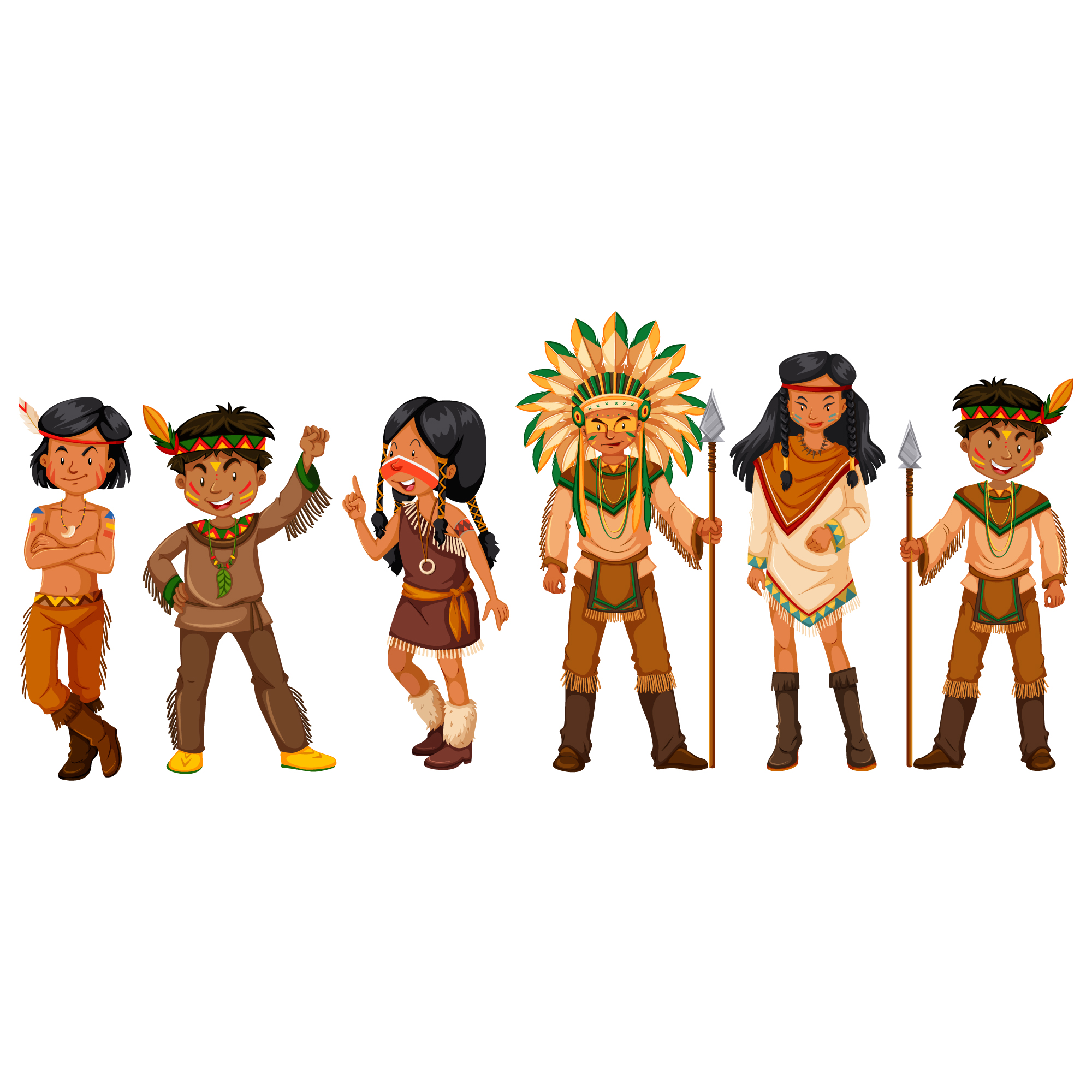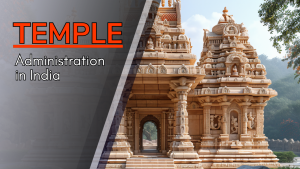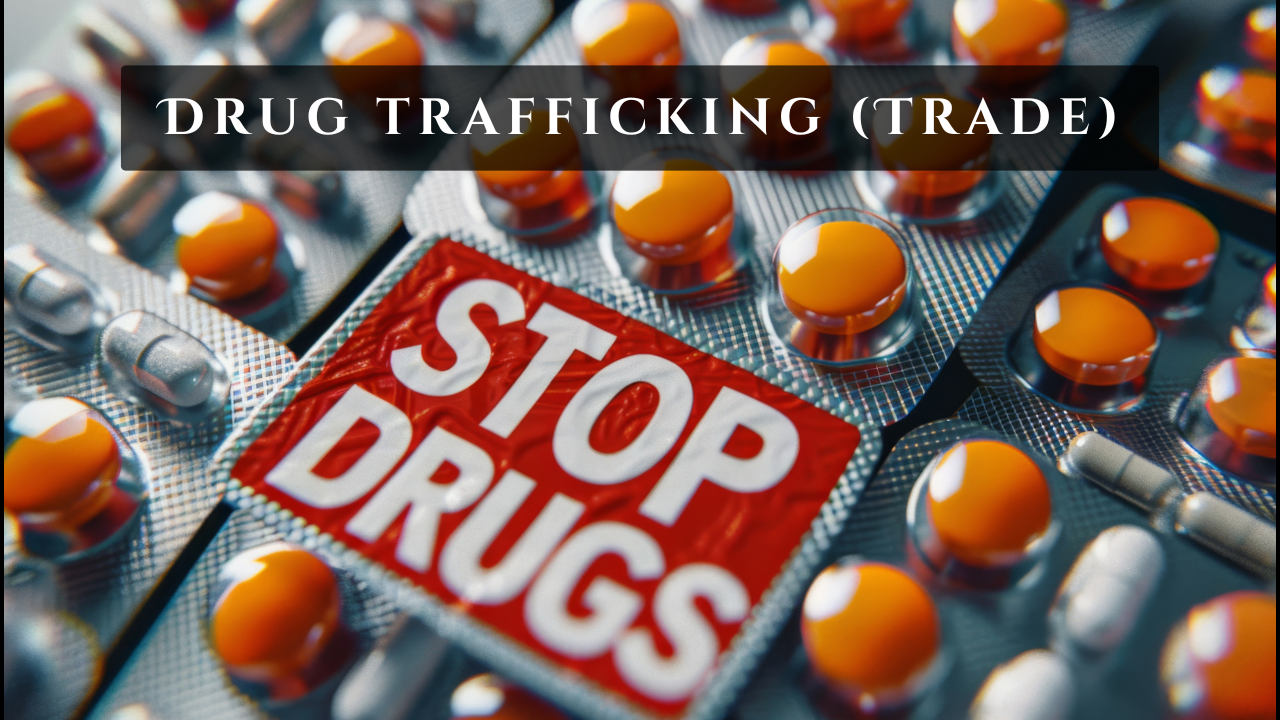Empowering Tribal Communities in India
Context:
According to the 2011 Census, India boasts a rich tapestry of tribal communities, with the Scheduled Tribe (ST) population standing at 10.45 crore or 8.6% of the total population.
More on News:
- Comprising over 705 distinct groups, these communities often inhabit remote and inaccessible areas.
- To uplift and support them, the Indian government has launched a multitude of schemes and policies focused on sustainable development, cultural preservation, and socio-economic empowerment.
Background
- Tribal Sub-Plan (TSP): Initiated in 1974-75, marking the start of focused tribal development efforts.
- Evolution of Plans: TSP evolved into the Scheduled Tribe Component (STC) and later the Development Action Plan for Scheduled Tribes (DAPST).
- Financial Commitment:
- DAPST Budget: Increased from ₹25,000 crore annually to ₹1.2 lakh crore in 2023-24.
- Union Budget 2024-25: Allocation for the Ministry of Tribal Affairs raised to ₹13,000 crore, a 73.60% increase from the previous year.
Major Initiatives:
- Dharti Aaba Janjatiya Gram Utkarsh Abhiyan:
- Launched on October 2, 2024, in Hazaribag, Jharkhand.
- Outlay: ₹79,150 crore.
- Benefits: Over 5 crore tribal people across 63,000 villages.
- Focus: Social infrastructure, health, education, and livelihoods.
- Eklavya Model Residential Schools (EMRS):
-
- Provides quality education for ST children in remote areas.
- These schools aim to facilitate access to higher education and employment opportunities, focusing on holistic development.
- Recent inauguration of 40 EMRS and foundation for 25 more with a total investment of over ₹2,800 crore.
- Capacity: Each school accommodates 480 students from Class VI to XII.
-
- These institutions are designed to match the standards of Navodaya Vidyalayas, featuring specialised facilities to preserve local tribal art and culture while promoting sports and skill development.
- Pradhan Mantri Janjati Adivasi Nyaya Maha Abhiyan (PM-JANMAN):
-
- Laid foundation for projects worth ₹1,360 crore.
- Focus: Road connectivity, Anganwadis, school hostels, electrification, and clean water access.
- Electrification: Over 75,800 households from Particularly Vulnerable Tribal Groups (PVTGs) electrified.
Key Government Schemes for Tribal Empowerment
- Pre-Matric and Post-Matric Scholarship Schemes: Aimed at reducing dropout rates, these scholarships support ST students from classes IX to post-graduate studies.
- National Overseas Scholarship for ST Students: This scheme offers opportunities for meritorious ST students to pursue advanced studies abroad, reserving 30% of awards for female candidates.
- Particularly Vulnerable Tribal Groups (PVTGs) Development Program: Targeting the most vulnerable communities, this program focuses on improving access to healthcare, education, and basic amenities.
- Support to Tribal Research Institutes (TRIs): Promote research on tribal welfare and culture, organising cultural festivals and exchange programs.
- Development Action Plan for Scheduled Tribes (DAPST): This ensures central ministries implement welfare schemes for tribal communities, with significant budget backing.
- National Fellowship for ST Students: This digital initiative supports tribal students in higher education, ensuring timely financial assistance.
- National Scheduled Tribes Finance and Development Corporation (NSTFDC): It provides concessional loans for income-generating activities.
- Tribal Cooperative Marketing Development Federation of India (TRIFED): It promotes tribal products through various platforms, creating market linkages for artisans.
- Aadi Mahotsav and Cultural Festivals: These events showcase tribal heritage and support skill development and economic empowerment.
Government Schemes for Tribal Empowerment:
-
Socio-Economic Empowerment Initiatives:
-
- Term Loan Scheme: Provides loans for viable business units, offering soft loans up to 90% of unit cost with 5-10-year repayment terms.
- Adivasi Mahila Sashaktikaran Yojna (AMSY): Offers concessional loans of up to ₹2 lakhs at 4% interest specifically for tribal women.
- Micro Credit Scheme: Supports tribal self-help groups (SHGs) with loans of up to ₹5 lakhs per SHG.
- Adivasi Shiksha Rinn Yojana (ASRY): Offers soft loans to tribal students for higher education, with interest subsidies.
-
Infrastructure Development:
-
- Pradhan Mantri Adi Adarsh Gram Yojana (PMAAGY): Targets 36,428 villages with 50% tribal population for basic infrastructure development, including in Aspirational Districts identified by NITI Aayog.
-
Health Initiatives:
-
- Sickle Cell Anaemia Elimination Mission: Launched on July 1, 2023, to provide accessible care for Sickle Cell Disease (SCD) and improve treatment quality through awareness campaigns and universal screening.
- Mission Indradhanush: Ensures full immunisation for children and pregnant women, especially in Adivasi communities, including COVID-19 vaccinations.
- Nikshay Mitra Initiative: Provides diagnostic, nutritional, and vocational support to tuberculosis (TB) patients from tribal communities.
-
Research and Cultural Preservation:
-
- Support to Tribal Research Institutes (TRI): Empowers TRIs for research, documentation, training, and preserving tribal cultural heritage.
-
Recognition and Memorials:
-
- Tribal Freedom Fighters’ Museums: 10 museums sanctioned to honour tribal freedom fighters.
- Mangarh Dham Development: A national memorial for the Bhil freedom fighters who died in 1913, to be developed by the governments of Rajasthan, Gujarat, Madhya Pradesh, and Maharashtra.
Conclusion:
The Indian government’s initiatives for tribal empowerment are transforming the socio-economic landscape for these communities. Through programs like the Dharti Aaba Janjatiya Gram Utkarsh Abhiyan, EMRS, and PM-JANMAN, the government aims to bridge development gaps, ensuring tribal populations are integrated into India’s growth narrative while preserving their rich cultural heritage.
Subscribe to our Youtube Channel for more Valuable Content – TheStudyias
Download the App to Subscribe to our Courses – Thestudyias
The Source’s Authority and Ownership of the Article is Claimed By THE STUDY IAS BY MANIKANT SINGH





